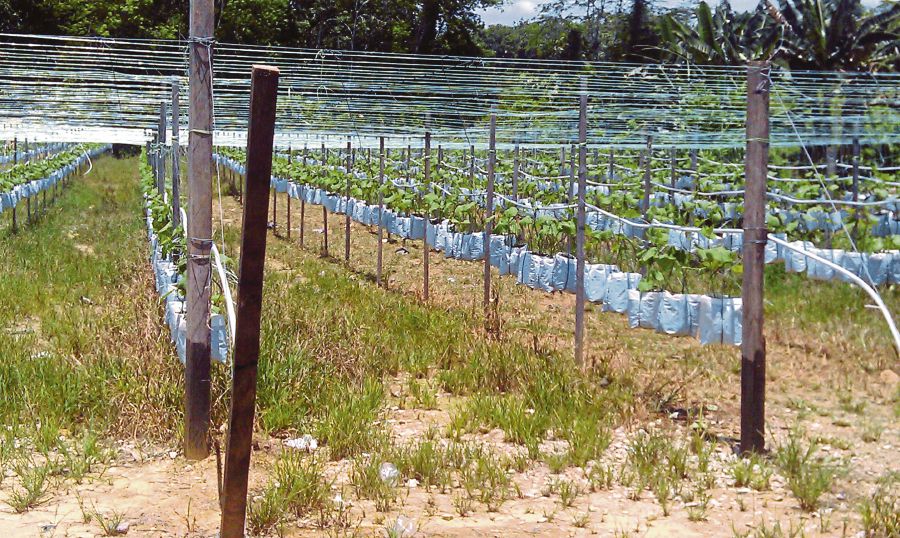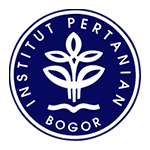 Farming technologies like fertigation can help meet food demands of a growing population. FILE PIC
Farming technologies like fertigation can help meet food demands of a growing population. FILE PIC
GLOBAL trade deals, such as those falling under the remit of the World Trade Organisation (WTO), have long been difficult to negotiate, particularly those encompassing agriculture. The same goes for regional deals.
The United States has pulled out of the newly-agreed Trans-Pacific Partnership and wants to renegotiate the North American Free Trade Agreement. There is also the similar situation of the United Kingdom wishing to pull out of the world’s largest trading bloc, thinking it can quickly negotiate new trade deals with other countries and world areas.
The world’s global trading system is not in good shape. It is under attack from all sides — by those campaigning for local protectionism, by arguments against “globalisation” and for reasons of political posturing.
The argument is often that local jobs and employment need to be protected by restricting imports while frequently at the same time, promoting and subsidising exports to other markets — a contradiction in itself.
Many “new” politicians are taking these arguments up with unrestricted enthusiasm, which will have many nefarious effects if they persist.
Vast quantities of agricultural commodities are traded around the world. However, recent statistics show there has been a tendency for trade flows to stagnate.
Historically, agriculture has proved to be the most difficult of all sectors to reach agreements, probably because it is the sector that employs the most people.
The International Labour Organisation and the Food and Agricultural Organisation estimate that although declining, some 33 per cent of global employment is still in agriculture. It is also the sector where average wages are lowest.
But, all the arguments and contentions forget one key thing.
Food cannot just be produced anywhere. Production is highly dependent on available land,
geography, water, sunlight and moderately temperate climates. Therefore, there is a natural limitation on what can be produced and where, in the world.
If we want to keep the world fed, it is absolutely necessary to ensure that trade in agriculture and food products is facilitated, not hindered. This is particularly so with the growing tendency of global populations to concentrate in large dense cities and heavily-populated countries.
We eat to live. If there is not enough to eat, the consequences are dramatic. History has amply demonstrated that lack of sufficient food leads to starvation, population unrest, an increase in crime and, in the direst of cases, famine and death.
There have been many causes of food shortages, both natural, such as unusual climatic events like drought or the reverse, and man-made, such as war, poverty or restrictions on production and trade. Thus, the moral onus is to ensure that there is sufficient food production, and it is available where needed to ensure food security.
Currently, global agriculture systems, if allowed and encouraged, may probably produce sufficient food to largely ensure food security. However, all is not rosy and much of the produce do not go where it is, and will be, needed.
There are also ongoing and significant changes, such as in population diets with a trend of increasing animal protein consumption, and swelling demand on agriculture as an energy source.
This is accompanied by greater overall levels of food consumption, particularly as populations become prosperous.
The predicted population growth will also place extra demands on agriculture and food production systems. Population growth is still accelerating. The United Nations recently upped its prediction for world population to 9.8 billion in 2050, from today’s level of 7.6 billion.
This is a huge challenge for agriculture and food production systems, and will be exacerbated by a desire for higher individual levels of consumption and dietary changes. It, thus, behoves us to take all measure possible to ensure food security.
The standard of living of populations has, above all, depended on food supply and nutrition, and in turn, much of this has depended on the close relationship between new technologies and agriculture. One of the most significant of all technological developments was “the new husbandry”, which occurred in the late Middle Ages.
The three principal elements of the new technique were new crops, stall feeding of cattle and elimination of fallowing, which combined, led to a dramatic improvement of agriculture productivity.
Later years followed the development of artificial fertiliser and fungicides, and the mechanisation of tasks, including in the textiles sector. Such developments continue apace in modern times.
At the same time, there was and is much resistance to new technology in agriculture. One of the enduring reasons has been the fear of resultant job losses, exacerbated by the proportion of population involved in agriculture, and their poverty and low remuneration levels.
There is a growing trend for some populations, generally those in prosperous environments, to want greater varieties of food produced as in the historical past without using modern techniques.
This is fine for those who can afford it. However, it should not be at the cost of either overall general levels of food production or diminished nutrition levels for everyone else, especially in less prosperous countries.
Given all the constraints, the focus must be on “producing more from less”.
As in the past, the answer can only come from applications of new technology, while respecting conservation and sustainability needs.
Modern techniques, such as micro-irrigation and hydroponics, specially-modified specialty resistance crops, highly-specific chemical crop protection agents, satellite assisted crop production, improved farm machinery and many others can help meet demands of the challenge.
The list is endless and, undoubtedly, there are other techniques which have not yet been invented that will allow greater production from the same input.
All must be allowed to proceed while respecting general health, safety and nutrition requirements. However, my own first-hand experience with biotechnology crops does not bode well. But, while the challenge is great, it is not insurmountable.









